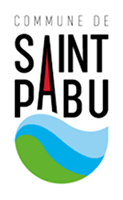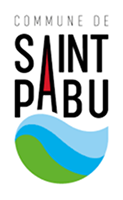Saint-Pabu perle des abers
A natural gem
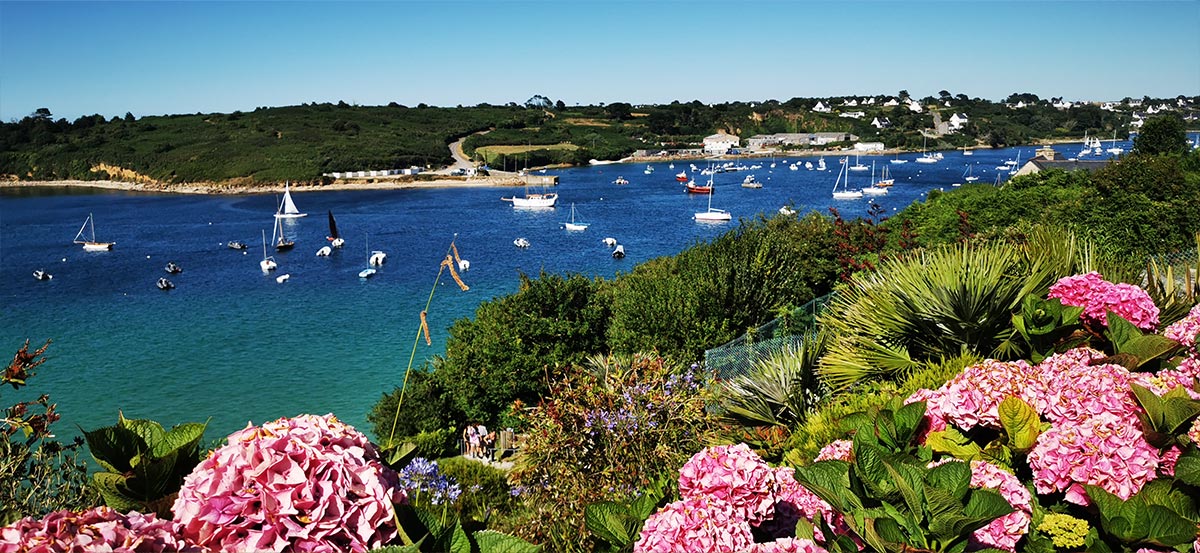
At the very tip of the North Coast of Finistère, where sea and river meet, Aber is breton for river, ria or fjord, a deep valley dug by the sea.
Mudflats and rich biodiversity will delight nature lovers. Here, winter storms and gales shape both land and coastline.
Idyllic archipelago, dotted with magnificent islets, habitat for terns, cormorants and oystercatchers, lush green lands, secret coves, wild landscape, rocky coastline, an impressive sandbar at low tide and stunning fine sandy beaches will enchant outdoor enthusiasts.
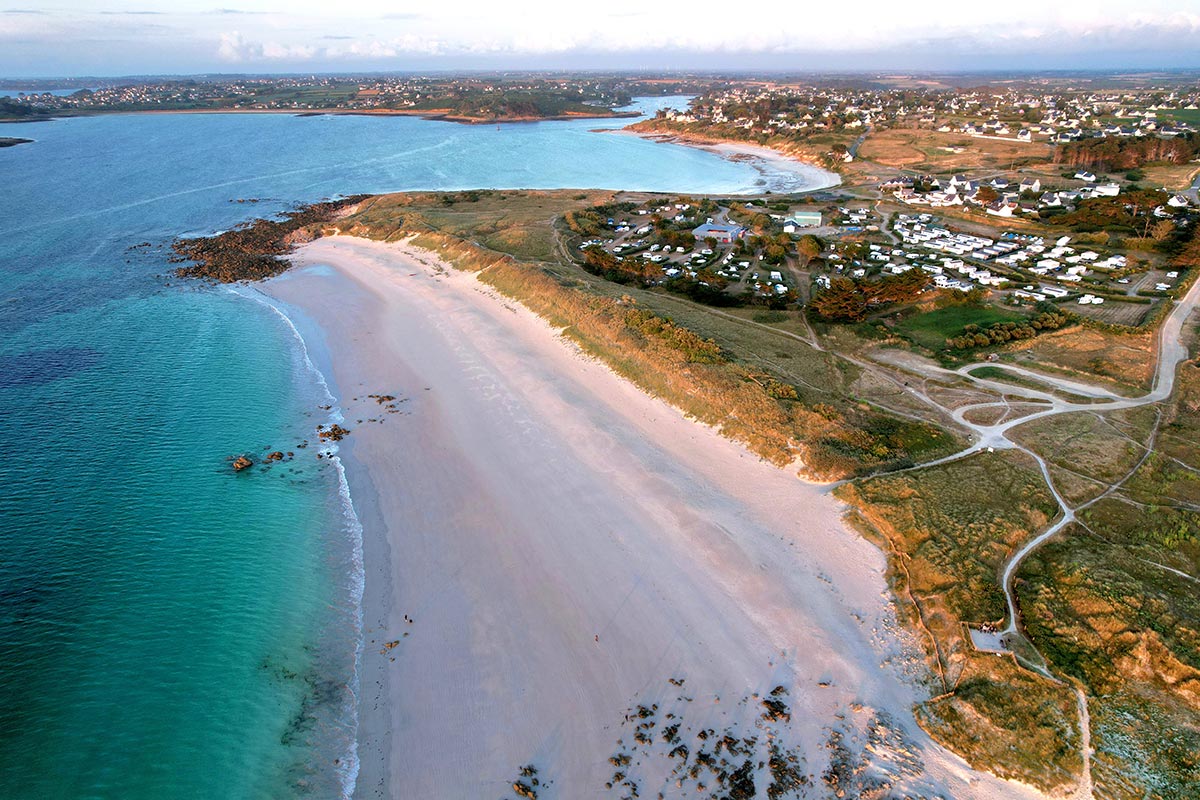
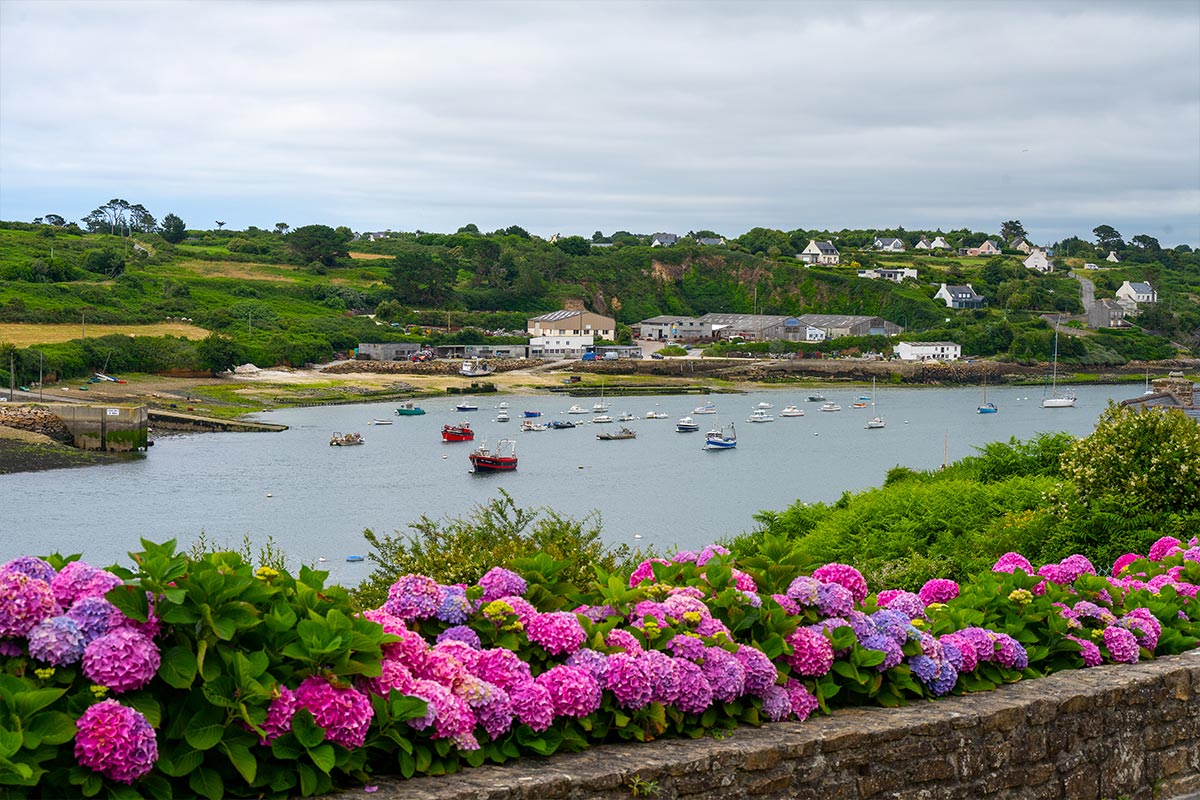
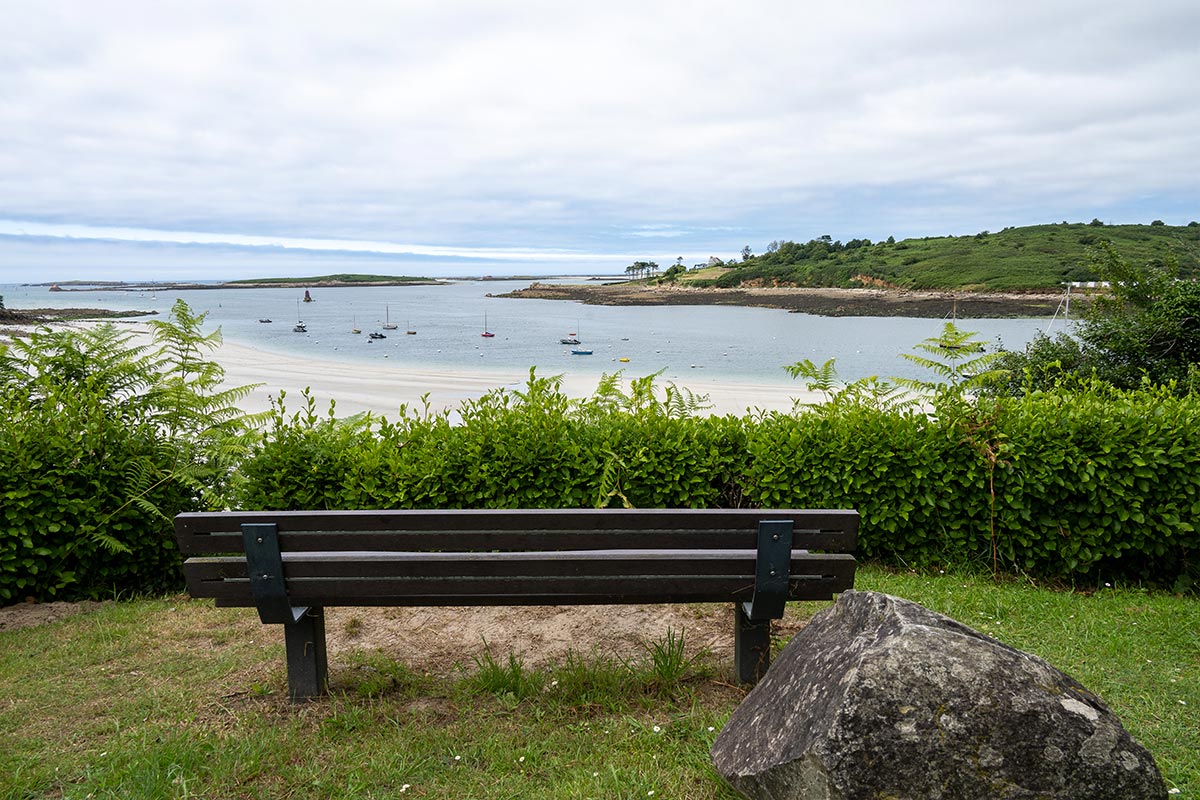
ACTIVITIES
Hiking
Tour picturesque Aber Benoît, Breton for Blessed River, 8 kilometer-long, running through 6 villages such as Tréglonou, Landéda, Lannilis to finally flow into the English Channel. Northbound, the hiking trail G34 follows the course of the Aber.
Southbound, at Tréglonou, coastal paths uncover a haven for wildlife.
Following their ancient course dating back to the Tertiary period – between 65 and 2.5 million years B.C. – L’Aber Benoît meanders along in a NW – SW direction.
Water sports
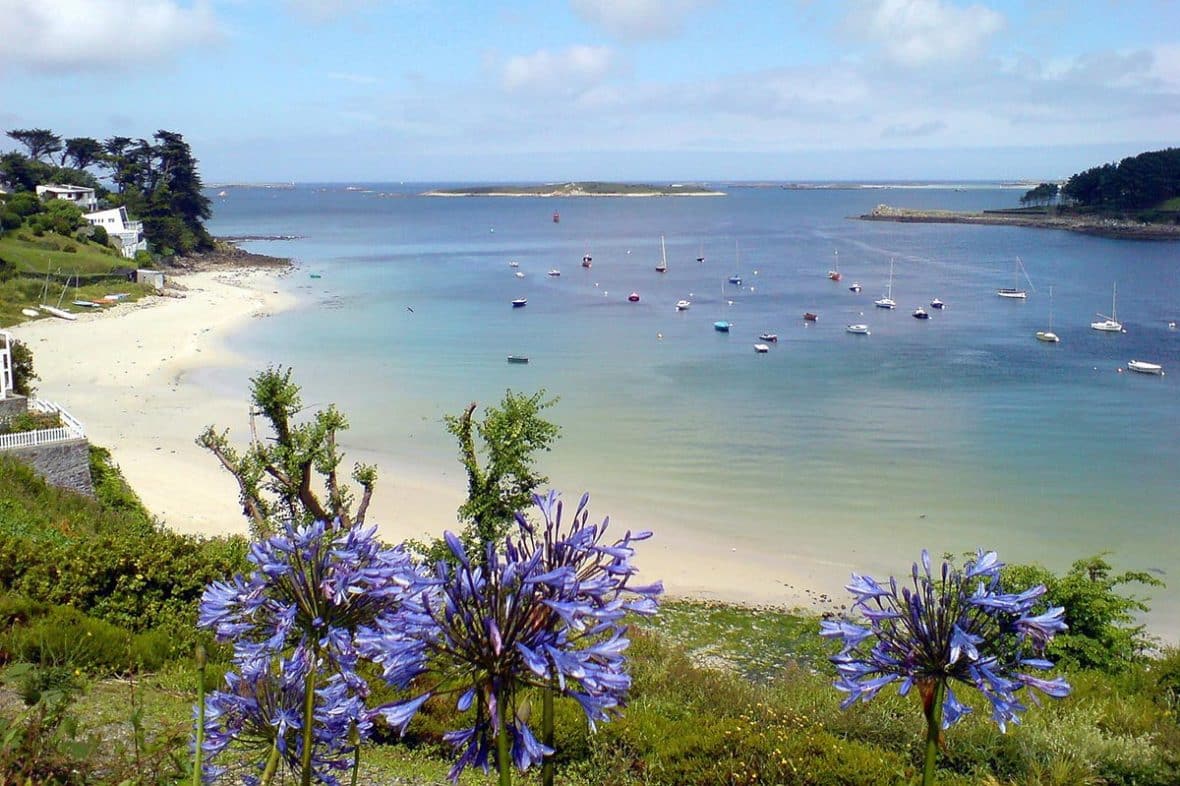
Boating, kayaking, diving, fishing , swimming, paddling, canoeing, snorkeling and wake boarding.
In July and August, children and adults are offered to make the most of sailing camps at Ganaoc.
VISITS and HISTORY
La Maison des Abers
Located at the mouth of the river, restored in 2010, this former farm is run by a local Association with the objective of shedding light and providing further clarification about the three Abers: Benoît, Wrac’h, Ildut.

The Washing Place and Bunker tour are worth discovering.
FOOD
Prized by Chefs worldwide who enhance their unique salty flavour, oysters and blue
mussel thrive in L’Aber Benoît, studded with sustainable oyster and mussel beds.
ACCOMMODATION
Campsite
Located In the dunes along stunning beaches of white sand, open from May until
September, the camping site is equipped with facilities for disabled people and games for
children.
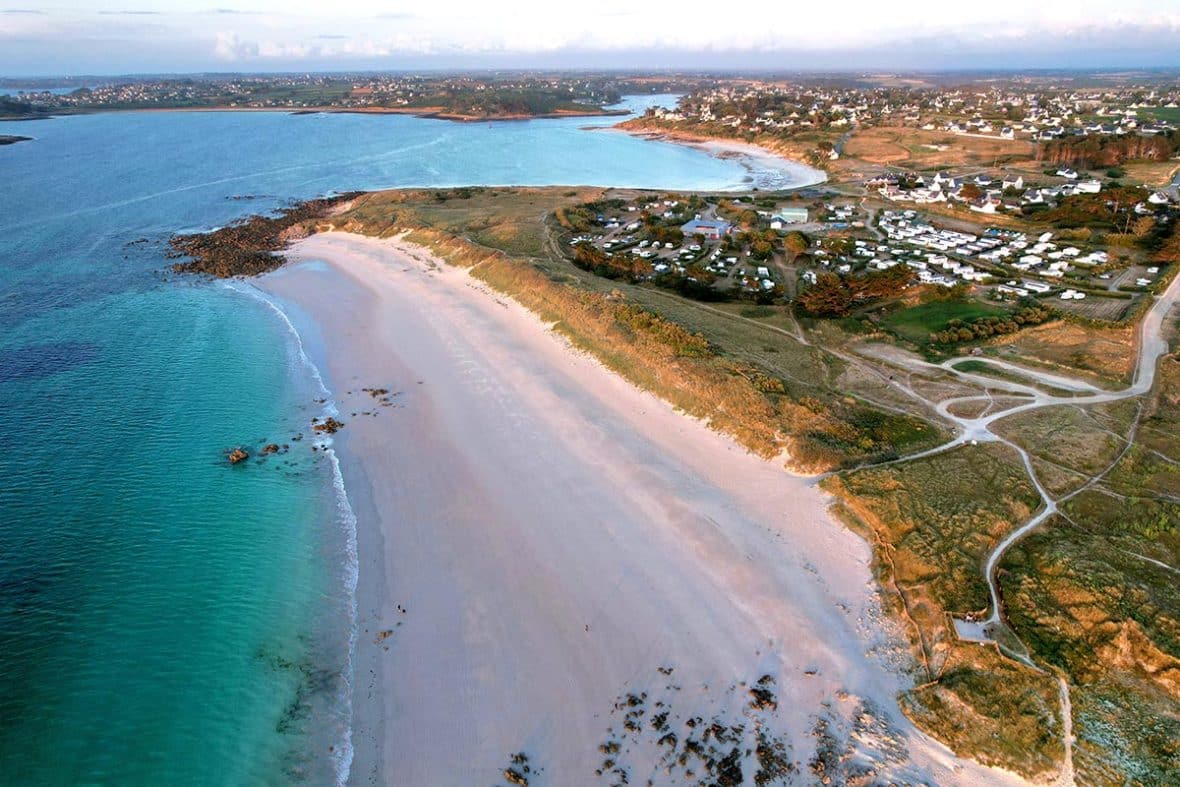
Others accommodations
VISITOR INFORMATION
Office du Tourisme du Pays des Abers
- Tourist Information Offices in Lannilis, Plouguerneau and Landéda (Aber-Wrac’h).
- Tél. 02 98 04 05 43
- Email : office@abers-tourisme.com
